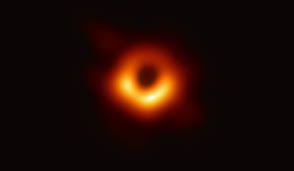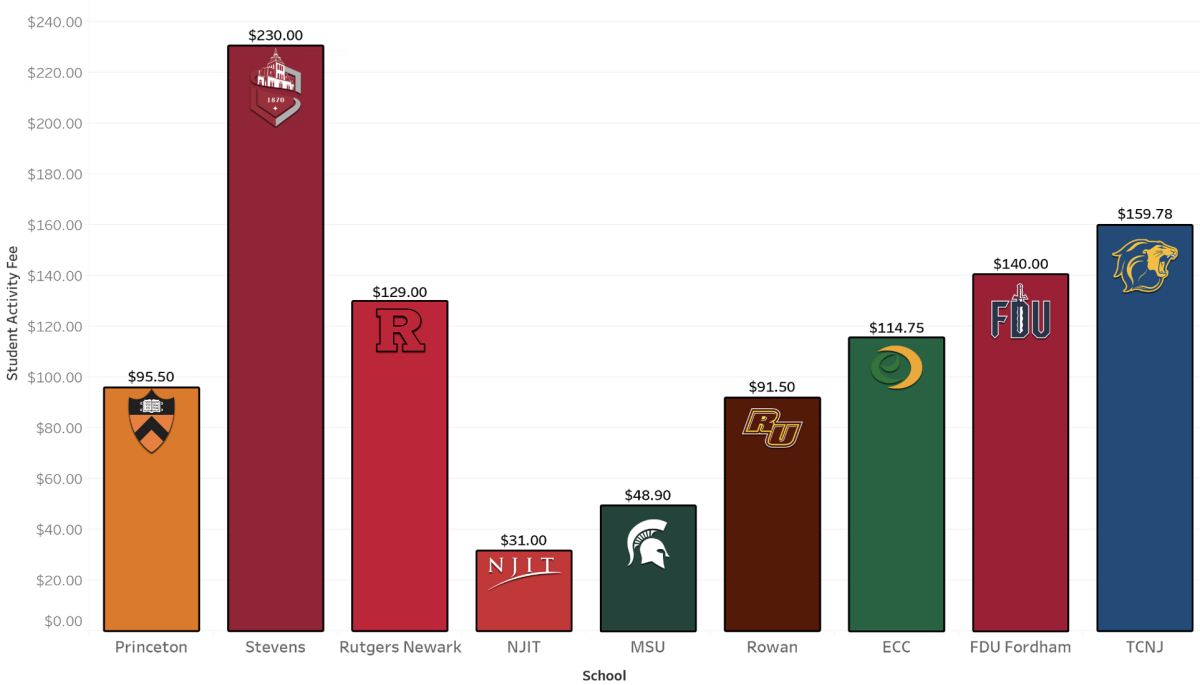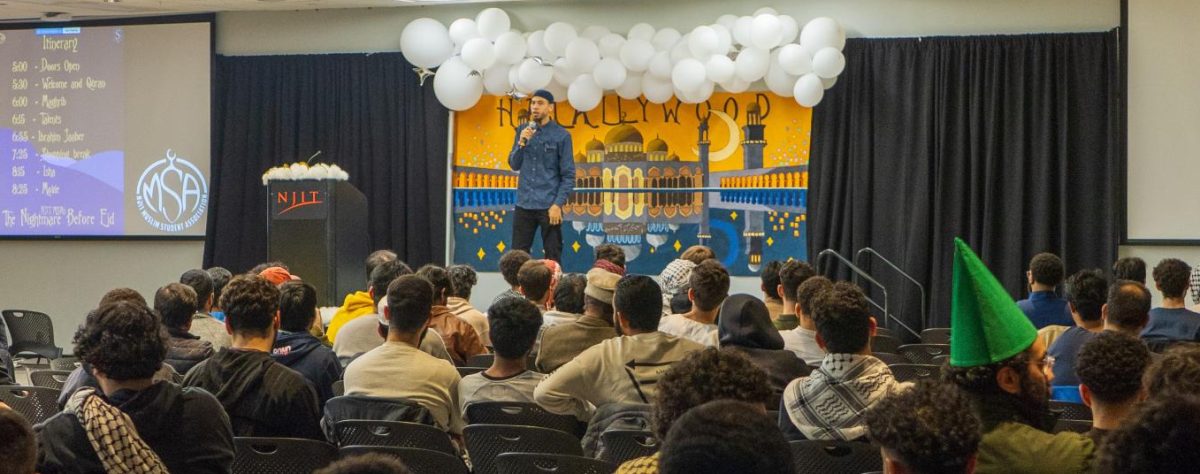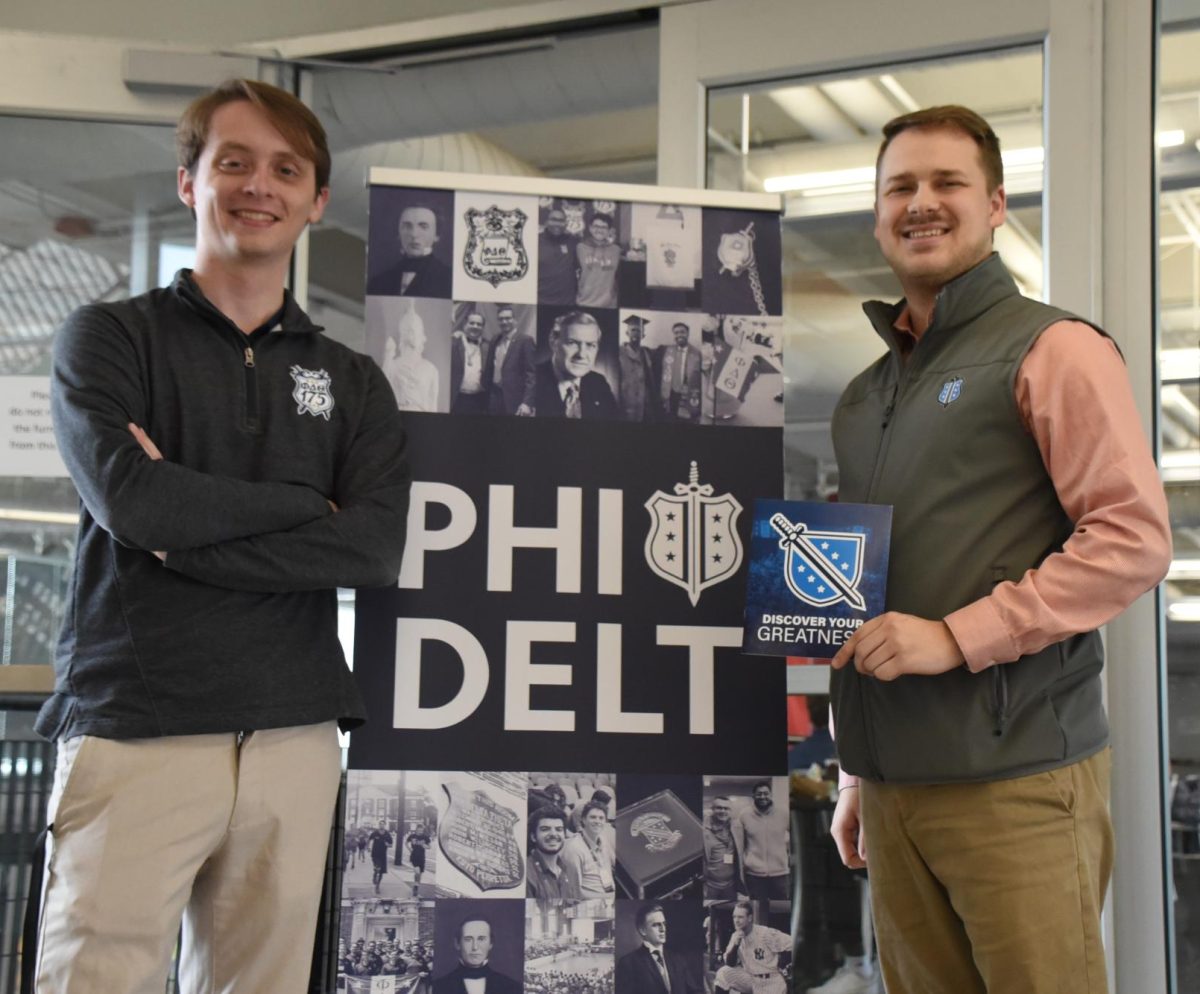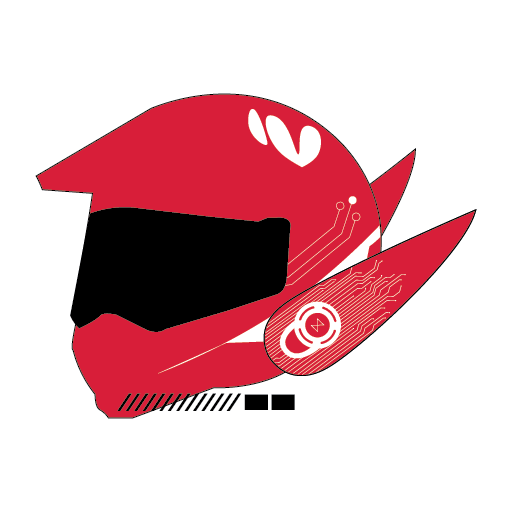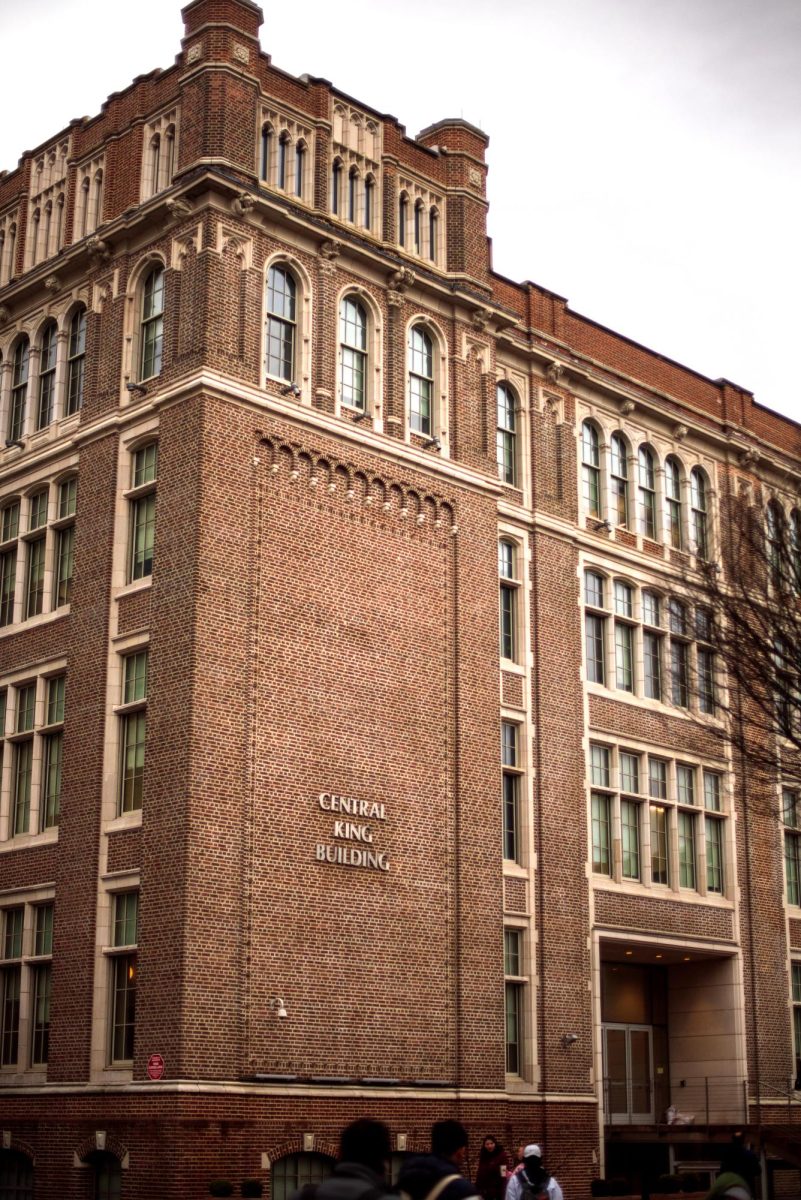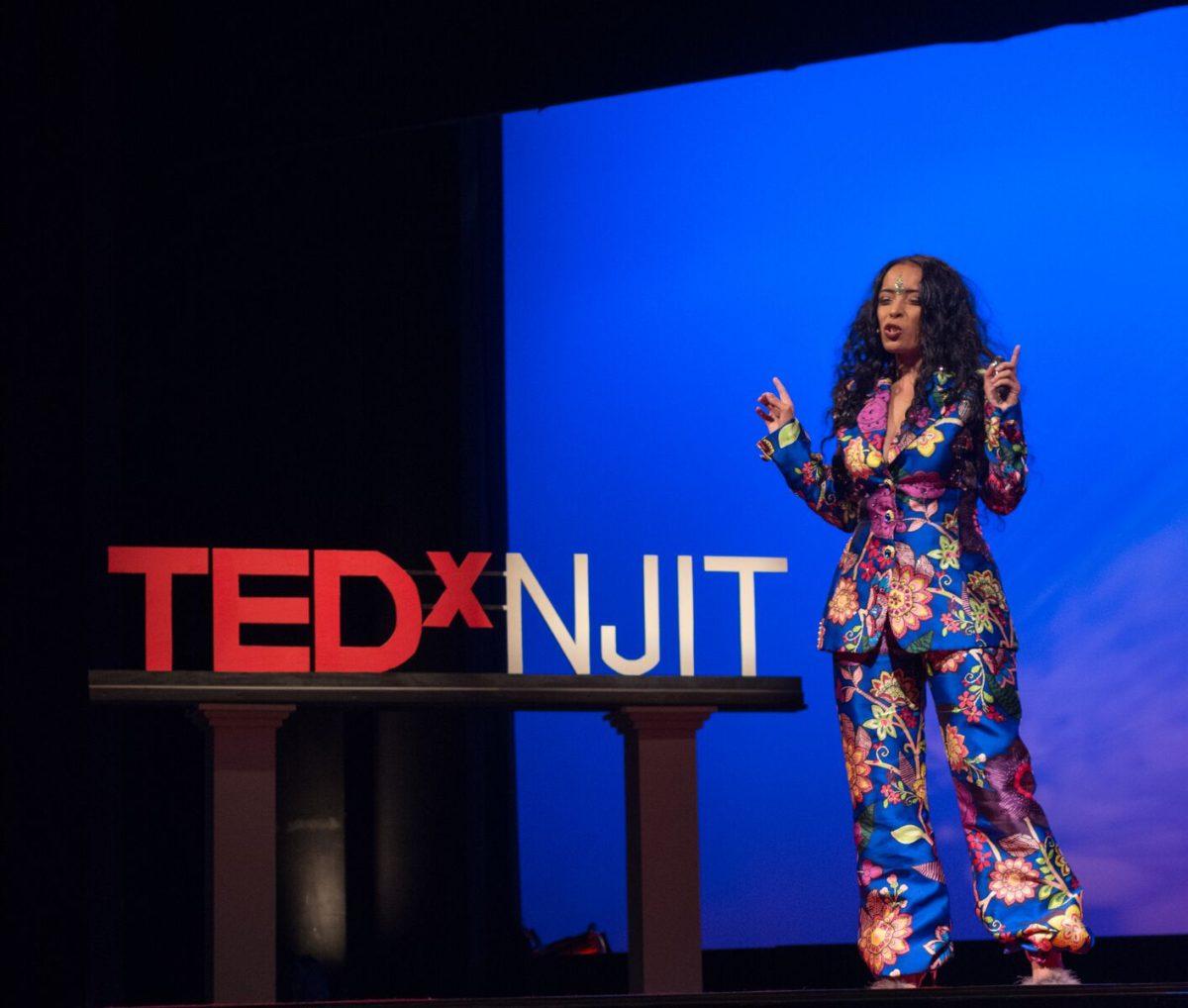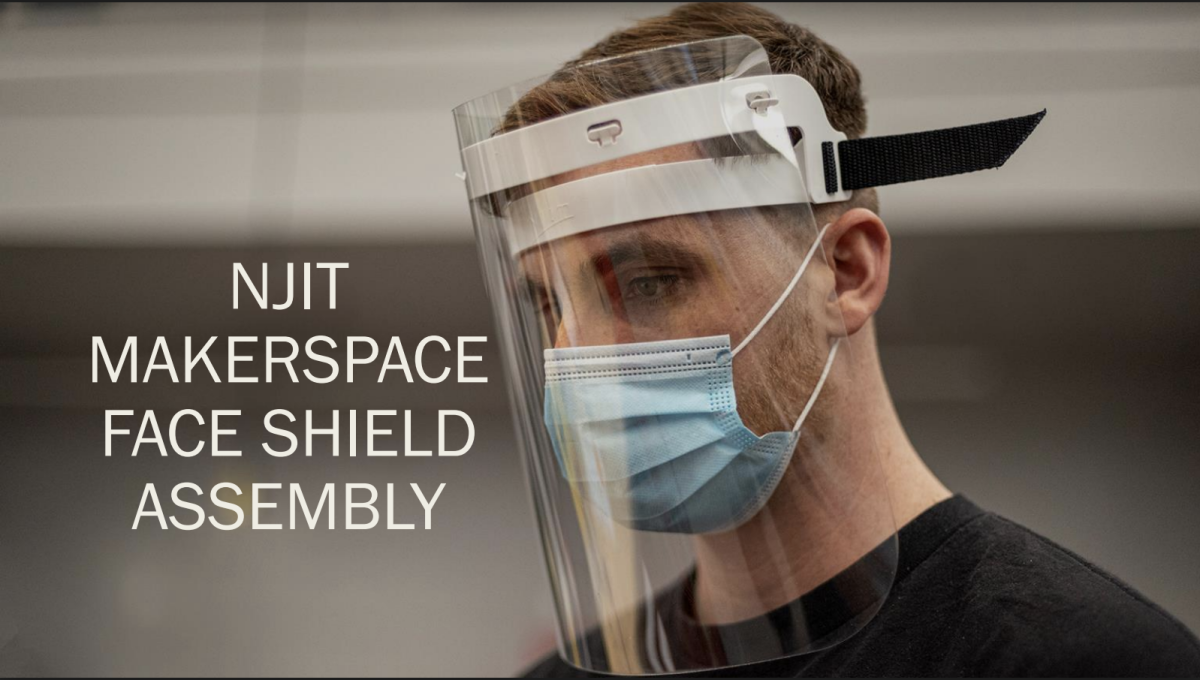On April 10, 2019, the National Science Foundation (NSF) announced the first ever image of a black hole. Specifically, the Messier 87 black hole in the galaxy Virgo A was imaged.
The image was created by the Event Horizon Telescope (EHT), a network of eight linked telescopes spread throughout locations in North America, South America, and the South Pole. An individual telescope would not have been able to take the photo due to space and power restrictions, so instead the EHT “forms an Earth-sized virtual telescope with unprecedented sensitivity and resolution” according to the NSF news release. All of the observations from each telescope were pieced together to form one image.
Twitter users were quick to meme the discovery, comparing the black hole to the Eye of Sauron, Photoshopping the photo into a blurry bagel, and even writing poetry about it. Jokes aside, this is a monumental discovery. It is visual proof of Einstein’s theory of general relativity, which states that the speed of light within a vacuum is the same no matter the speed at which an observer travels.
“It’s exciting really, I think the student made a really great discovery for humankind. Everyone’s so wrapped up in artificial intelligence and machine learning and different areas of computing that they forget that we still have a lot out there that we don’t know [in astronomy and physics],” said Connor Watson, who graduated with a B.S. in Computer Science from NJIT in 2018 and is currently pursuing his Masters in Data Science, “So the fact that she used computer science in a way to bring to light something in physics that we had no idea before this point … is a really great landmark. It’s something that we should all appreciate.”
Watson is referencing Katie Bouman, a recent graduate from MIT who developed an algorithm that amalgamates all the data from the different telescopes to create an image. Although there is not enough space in this article to list the names of each of the more than 200 researchers who contributed to this discovery, it is important to acknowledge that the discovery would not have been possible without the collaboration of an international team of scientists.
“I think [the photo of the black hole] is a nice indication of how people from a lot of different fields can come together and create something really cool,” said John Tsai, visiting lecturer at NJIT’s Ying Wu College of Computing as part of the Facebook Engineer in Residence program. “What I liked about this was that it took a lot of people collaborating; it wasn’t like one person knew how to do the whole thing.”
This discovery certainly had much gravity among the science community, showing the power of collaboration and that we’re still making leaps in science.
























